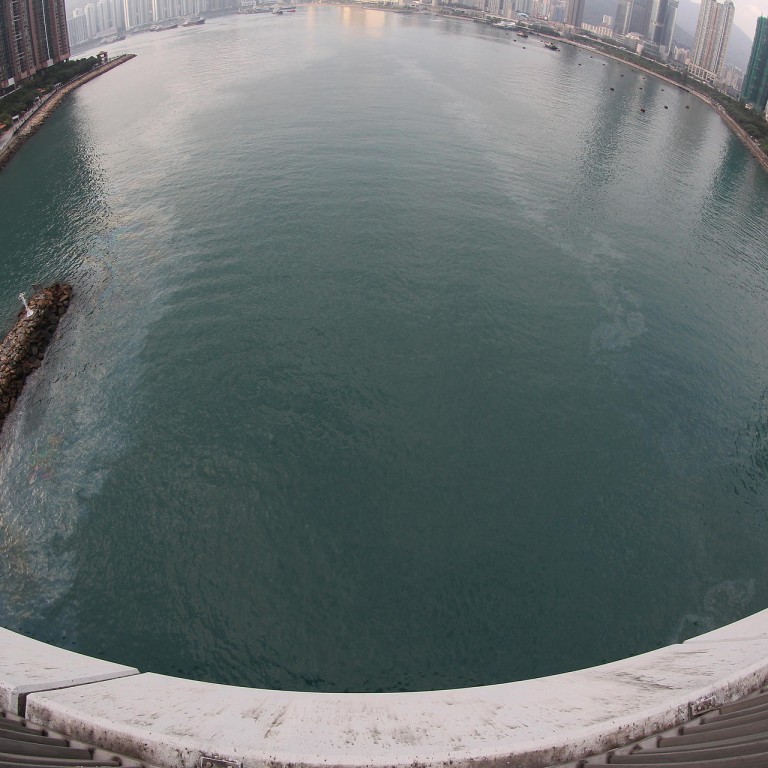
Rising suicides off Tsing Yi bridges raise alarms
Installing telephone hotlines to counsellors could save lives of those in distress, say charities
The marine police and a coalition of suicide-prevention charities are concerned by the alarming rise in people killing themselves by jumping off two bridges at Tsing Yi.
Charities say the installation on the bridges of telephone hotlines to counsellors could save lives.
Figures obtained by the from the marine police reveal that in the past two years there were 13 suicides and 24 attempts from the North and South bridges, which have pedestrian access. Another 37 bodies - suspected suicide cases - had been recovered.
The minutes of a working group on suicide prevention, spearheaded by the marine police, revealed that the number of incidents in the first six months of 2013 was double that of the same period last year.
The figures contrast with just 12 suicides occurring on Hong Kong's largest bridge at Tsing Ma, as well as Ting Kau and Kap Shui Mun bridges, between 1997 and 2007, according to the Centre for Suicide Research and Prevention at the University of Hong Kong. None of these bridges have pedestrian access.
Centre director Professor Paul Yip Siu-fai said the large number of incidents at Tsing Yi warranted attention.
For the past 14 months, marine police and suicide-prevention groups have been working to set up free emergency telephone hotlines on the North and South bridges and have installed banners displaying a number for people to call.
"It is a very good idea for preventing suicides we could explore," said marine police Senior Inspector Winsy Ng Wing-see.
San Francisco's Golden Gate Bridge, considered one of the world's top suicide spots, has special telephone hotlines installed for emergency situations.
Vincent Ng Chi-Kwan, executive director of Suicide Prevention Services, said it was important to have a phone available at suicide spots and a person on the other end of the line for someone in distress to talk to.
"If someone is in emotional distress, we encourage them to call us. If they cannot release their emotions, they will feel worse and get depressed," Ng said. "If you don't have someone to listen to you or share your feelings, it is a recipe for suicide."
Founded in 1995, Ng's hotline received 35,000 calls for help in the 2012-13 fiscal year, the highest number in three years.
Alastair Sharp, The Samaritans Hong Kong deputy director, said: "There are banners up on the Tsing Yi bridges with a number asking people to call, but we want phones to be put there, and that's what we are working on. Sometimes suicide is impulsive, and if you can be there to respond to people's feelings and anguish, you can make a difference."
According to preliminary figures from the Centre for Suicide Research and Prevention, there were 908 suicides last year, up 5 per cent from 2011, but down from 1,200 cases a decade ago.
The statistics also revealed that in half of all cases, jumping from height - buildings, bridges or otherwise - was the preferred method of suicide. Hanging was employed in 25 per cent of cases while one in 10 people burned charcoal and died through carbon-monoxide poisoning.
"If they want to go down to the Tsing Yi bridges, they will usually drive themselves down there and jump off," said a senior marine police commander with first-hand knowledge of suicide rescue and recovery operations.
"Land police will go to the bridge to see what's going on and marine police are told to go to the scene below the bridge to start a search-and-rescue operation in case the person is still alive in the waters. Unfortunately, most people tend to die [after jumping] from that height, so it is more like a search-and-recovery operation," the source said.

